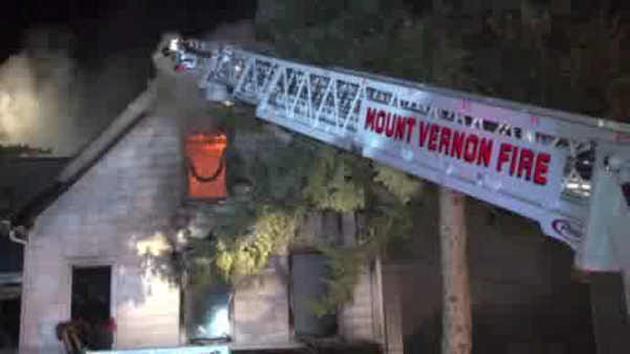WESTPORT, Connecticut (WABC) -- Authorities say a man was killed and a woman was rescued after their car ended up in a Connecticut river.
Police have identified the man who died after a car plunged into the Saugatuck River Saturday night.
Police said Richard Lamendola, 76 of Syosset, New York was pulled from the water and taken to Norwalk Hospital where he was pronounced dead
An unidentified woman was rescued from the crash and taken to Norwalk Hospital. The woman was cold from being in the water but probably will be OK, police said.
Police said they believe the car went entered the Saugatuck River from the state boat launch on Elaine Road. No foul play is suspected, Lt. David Farrell said.
About 7:40 p.m, the woman's screams alerted diners at the Whelk Restaurant on Riverside Avenue, just north of the I-95 overpass. The patrons called 911, and emergency responders located the woman in the middle of the river being carried north by the current, Farrell said.
She told rescuers that a man who had been with her in car was still in the river. Authorities found him a half hour later by the Bridge Street bridge, north of the restaurant.
He said the first rescuers to the scene got onto the river quickly by boarding a civilian boat on the side of the river. "It was quick thinking," he said.
He said the investigation is continuing. Westport police officers and firefighters responded immediately, were assisted by state police, Norwalk police and Fairfield police. The Westport Dive Team was on the scene Saturday night to help remove the vehicle from the river.

















































